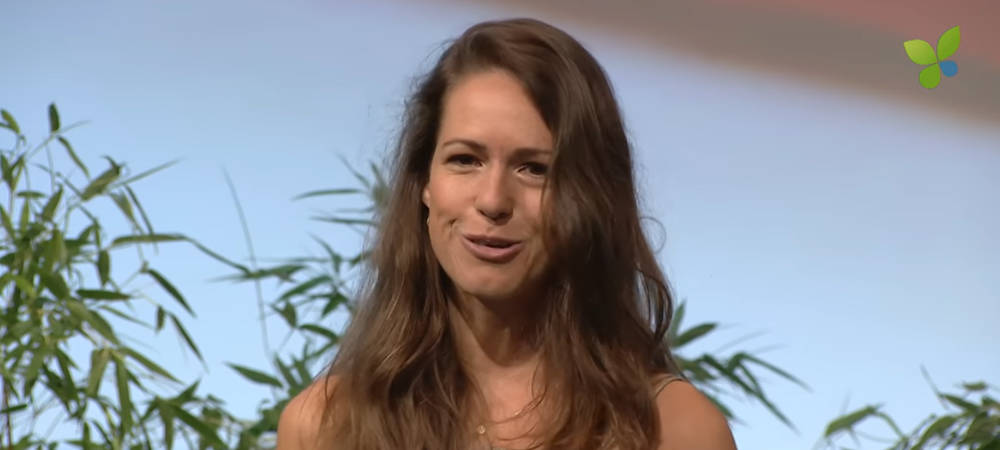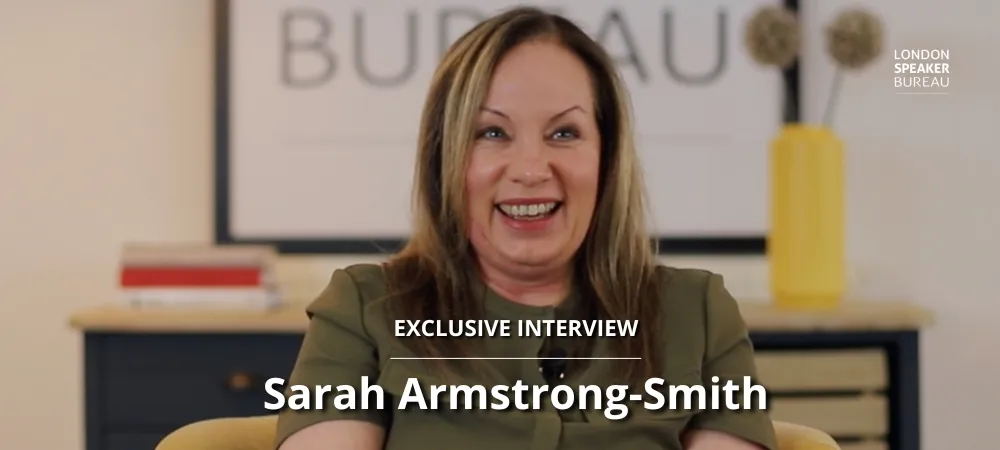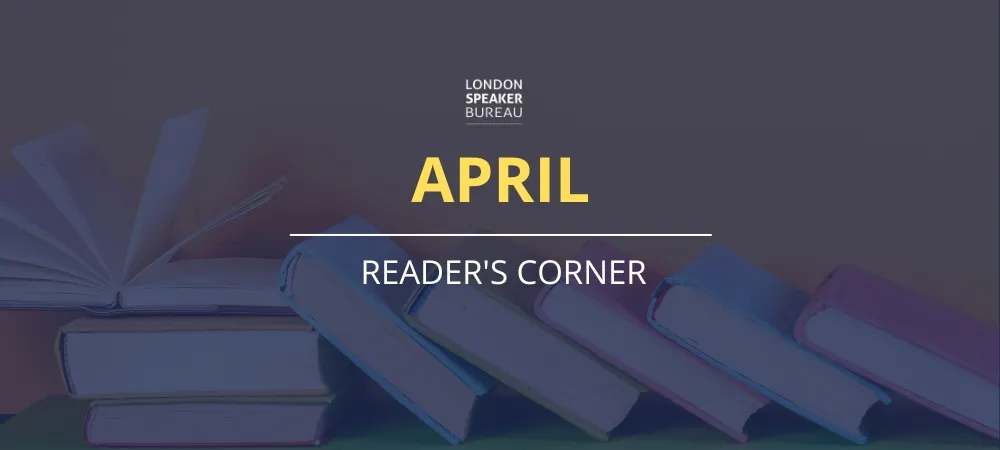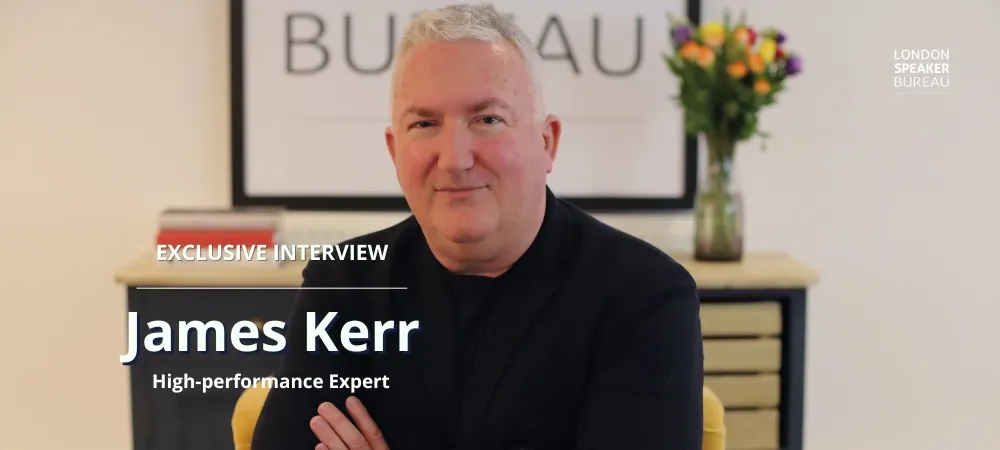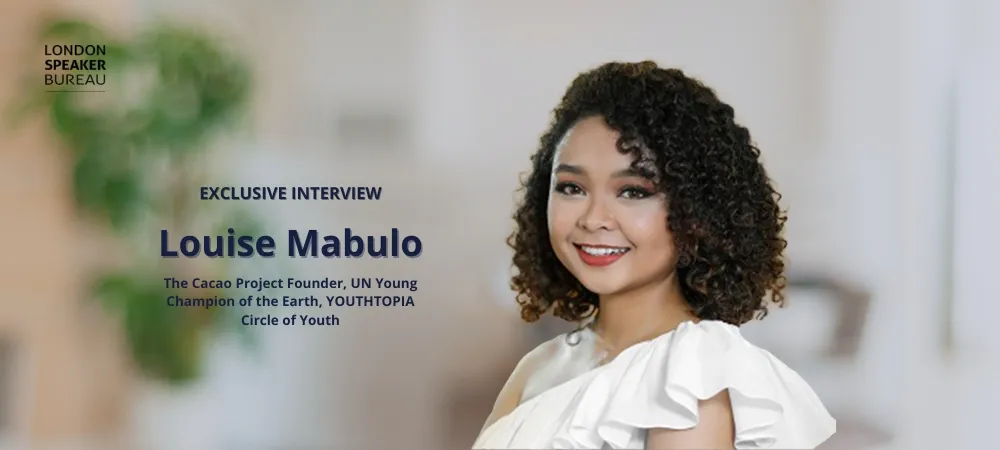 Maayke-Aimée Damen is a passionate advocate for sustainability and dreams of a world where waste does not exist. To turn this into a reality, she co-founded ‘Excess Materials Exchange’ (EME) which aims to reinstate waste to the valuable resource that it is by developing a circular economy and turning their waste to wealth. EME has created a secured marketplace, where companies can exchange any type of excess materials, business to business. Functioning as a dating site, EME uses data to match supply and demand and help identify the highest reuse potential for any given material. Maayke-Aimée Damen is a member of the Advisory Board of the Sustainability and Innovation Fund Port of Amsterdam, Project Manager at INSID, and Member of the Young Club of Rome. She was also the winner of the Dutch Singularity University innovation contest with the idea of a “Google for Materials” which she developed into the ‘Resource Passport’ that has now been made into Dutch and European policy.
Maayke-Aimée Damen is a passionate advocate for sustainability and dreams of a world where waste does not exist. To turn this into a reality, she co-founded ‘Excess Materials Exchange’ (EME) which aims to reinstate waste to the valuable resource that it is by developing a circular economy and turning their waste to wealth. EME has created a secured marketplace, where companies can exchange any type of excess materials, business to business. Functioning as a dating site, EME uses data to match supply and demand and help identify the highest reuse potential for any given material. Maayke-Aimée Damen is a member of the Advisory Board of the Sustainability and Innovation Fund Port of Amsterdam, Project Manager at INSID, and Member of the Young Club of Rome. She was also the winner of the Dutch Singularity University innovation contest with the idea of a “Google for Materials” which she developed into the ‘Resource Passport’ that has now been made into Dutch and European policy.
Can you explain the concept behind a circular economy and the main benefits of it?
A circular economy is restorative and regenerative by design. Relying on system-wide innovation, it aims to redefine products and services to create value, design without waste, while minimising negative social & environmental impacts. This is how we like to describe a circular economy. It is not regenerative by accident but by design!
Think about a tree. During it lifetime it fulfils various functions and when it dies, no part of the tree goes to waste. There are numerous functions that this tree still provides to its surrounding environment after it has died, ranging from food and shelter to prevention of soil erosion. We would like to reconstruct our economy to replicate this zero waste model.
What kind of impact has your organisation had for its clients and for the environment?
In 2018 we conducted our pilot. In this pilot we worked together with a consortium of leading Dutch companies such as Schiphol, DSM, Sodexo, Tarkett, Ahrend, Prorail, Rijkswaterstaat, Heembouw and Aquaminerals. We successfully analysed their excess flows through mapping them in our resource passports and found new destinations for their waste that would see it turned into considerable value. With the realisation of these alternative destinations for their material streams, we will have the following impact:
- A carbon reduction of equal to 843 car rides from Amsterdam to Copenhagen. This equals the total number of inhabitants of Amsterdam.
- An energy reduction equal to the amount of energy needed to light the municipalities of Amsterdam, Rotterdam and The Hague for 5 years.
- A water footprint reduction of the total water use of 10,891,274 or 64% of all Dutch inhabitants.
- A quantified environmental profit of €1.4 million.
- Organisational change trajectories where companies have set up a separate circular economy team operating across different business units or innovative collaborations with supply chain partner.
How far do you think a circular economy could go to answer to the world’s sustainability issues?
Right now 95% of the material and energy value of resources is lost after a single use. Value-retention practices such as remanufacturing, refurbishment, repair and direct reuse could cut industrial waste by 80 to 99 percent in most sectors. Greenhouse gas emissions could fall by 79 to 99 percent across these sectors if value-retention practices were adopted. The Ellen MacArthur Foundation calculated that a transition to the circular economy in Europe could generate €1.8 trillion in value. Also the results of our pilot project mentioned prior shows that transitioning to a circular economy has a significant impact on the reduction of overall carbon emissions. Hence, transitioning to a circular economy will greatly support the effort to move to a completely sustainable economy.
What are the biggest issues that threaten the idea of an international circular economy?
There are numerous different obstacles that stand in the way of a transition to a circular economy:
The first is timing, as secondary materials often do not get released at the exact point in time they are needed again for re-use. The second is quality, high and consistent quality of secondary materials is often lacking. Quantity is another barrier as secondary materials often get released in small infrequent batches as they are used and disregarded. Another issue is that solutions are hard to scale. The timing, quality and quantity issues make it hard to build a reliable scalable production process based upon secondary materials.
Companies are also focussed on closing the loop with their company or immediate vicinity which is not favourable to the circular economy. This results in many suboptimal uses of secondary materials. Traditional linear business models are experiencing friction and inefficiencies when met with the circular business model which is off putting for organisations. Lastly, there is a lack of transparency: people have no overview of what materials are available to them. With the Excess Materials Exchange we work on overcoming all these challenges.
What are some of the main changes that we can all make to support this style of economy?
Everybody, from designers, consumers, policy makers, educators and recyclers must take responsibility for their waste. We must strive to reduce the amount that we produce but also look to recycling or reusing the waste we do create. If you are a company with large scale waste streams you must look for alternative avenues when it comes to disposing of your waste. Reaching out to a company such as the Excess Materials Exchange is a step in the right direction.
What should local and national governments be doing to enforce a fully circular economy?
There are many different things ranging from circular procurement, to public commitments, collection programs, raising awareness and enforcing regulations on products created and sold. A context dependent combination is recommended.
The government in the Netherlands has created the Resources Agreement which states that by 2030, 50% of the materials in our society need to be non-virgin. By 2050 all our inputs will have to be secondary materials. If this was adopted internationally, we would live in a very different world.
Read more about Maayke-Aimée Damen
Interested in booking Maayke-Aimée Damen as a keynote speaker for your next event?

